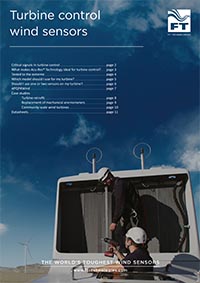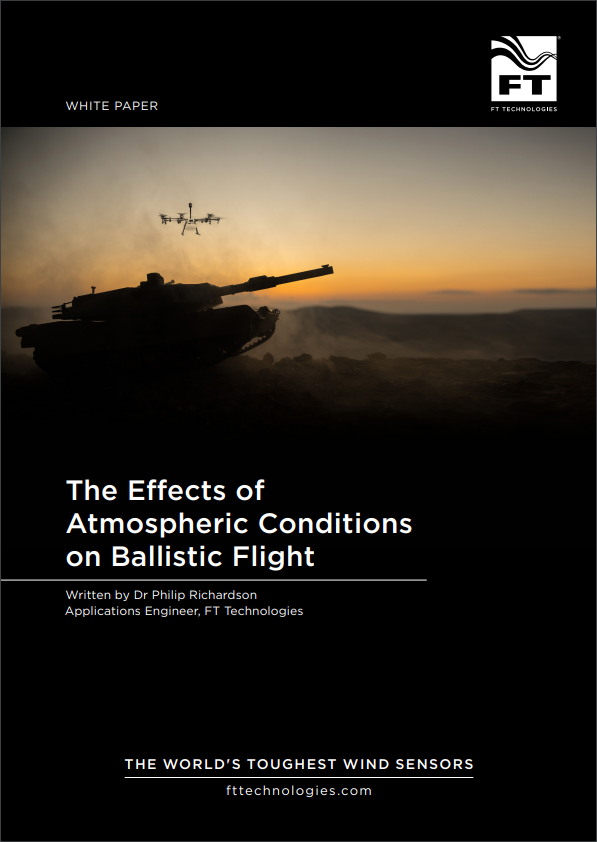Acoustic resonance technology monitors the shift in phase of the sound waves, rather than the time of flight principle, to calculate wind speed and direction.
Achieving resonance inside the sensor cavity results in a high signal-to-noise ratio, making it more resistant to signal interference which helps to maintain a very high data availability (>99.9%).
This difference in measurement principle also enables our design to be smaller, lighter and tougher than other ultrasonic sensors. The small product size and mass reduces the power necessary for the built-in heaters to keep the sensor free of ice, even in extremely cold climates.














